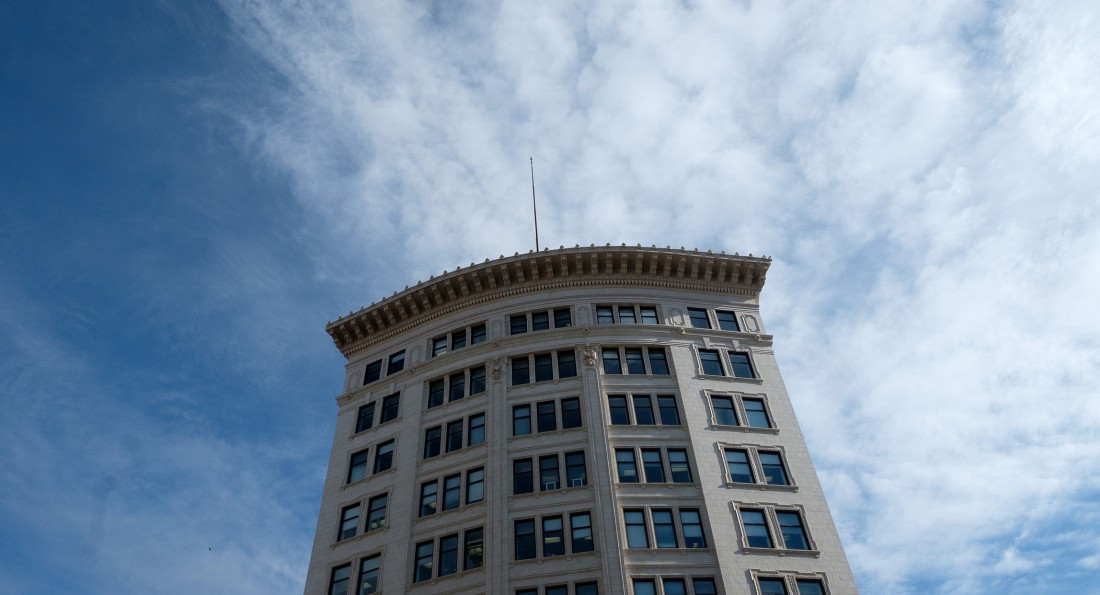In with the old!
Preserving Winnipeg’s historic architecture
Winnipeg is riddled with historic buildings and architecture, but when it comes to the future of our past, what are Winnipeggers’ opinions on places like the Exchange District, which houses plenty of this history? What can this area expect in new developments?
“The range of warehouse and industrial buildings (in the Exchange District) are now starting to live up to their potential for ‘adaptive reuse,’ accommodating new residential uses, offices and retail,” Richard Milgrom, associate dean of research for the Faculty of Architecture at the University of Manitoba, says. “The outsides are well preserved, but finding new uses for them has been more challenging when trying to preserve (their) qualities, (especially) the grand banking halls.”
Milgrom says there has been success with revitalizing these buildings, such as the conversion of Union Bank towers, now known as the Paterson GlobalFoods Institute, but he says the same triumph has been slow for similar buildings in the area. One of these buildings is the bank in the East Exchange known as the Millennium Centre.
“Of course there are other historic buildings of great value – the Legislature, a range of good churches, especially in inner-city neighborhoods (Westminster and Fort Rouge) and apartment buildings like the Highgate, the Brussells and others in the Corydon neighbourhood.”
Most historic buildings are are privately owned, and regulations for how each can be changed or converted depend on each building’s historic designation level. The City of Winnipeg is concerned with preserving historic buildings, and there are groups such as Heritage Winnipeg advocating for them, but Milgrom says the issues can become political, and modernization of buildings can be expensive.
“Areas like the Exchange District have been feeling like they are on the verge of really becoming great places for several decades, but they still seem to be underappreciated and underpopulated,” Milgrom says. “I still feel like in many other cities, the development pressures on such a well-preserved area would be much greater.”
Milgrom says issues surrounding optimizing historic buildings are not just architectural but also structural, mentioning an overabundance of surface parking lots and little walkable development.
“I would like to think that the attitudes that we’re allowing ‘demolition by neglect’ and undervaluing historic buildings is declining in the city,” Milgrom says. “I hear there are new proposals to revitalize Union Station on Main Street and one to work with the existing buildings that house Times Change(d), both seem to be appreciating the history of the structures while working to incorporate new functions.”
Richard Krahn, owner of Albert Street Cocktail Company (ASCC), a cocktail bar in the Exchange District, says renovating the old building space was difficult but well worth reaping the rewards. In this space, ASCC has managed to preserve original tin and high ceilings thanks to previous owner of the space, Mondragon Bookstore & Coffeehouse.
“We were drawn to The Exchange because of the heritage of the building, (the aesthetic) and the growth of the food and cocktail scene in the area, (such as) Deer & Almond and Mitchell Block,” Krahn says. “Since we have opened, we have welcomed in more great neighbours with similar inspirations and ideas to our own.”
Krahn believes Winnipeg’s architecture has a huge effect on how people view the city. He says the better we are able to dust off and polish up our old buildings, the better we can celebrate our city as it is.
“I will always feel strongly that the buildings of our downtown should be restored and that the history of the building should be a huge consideration when renovating,” Krahn says. “Of course, some buildings have gone beyond a sensible route to restoration, but anything that can be used and repurposed should always be taken as the primary concern.”
Published in Volume 71, Number 8 of The Uniter (October 27, 2016)







